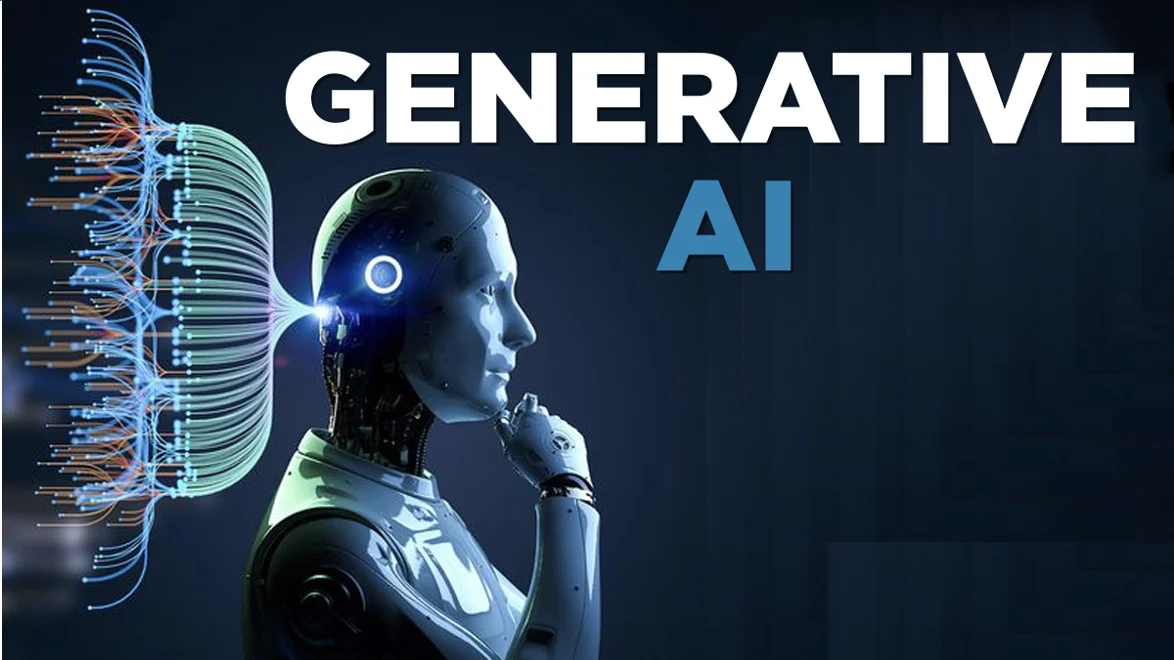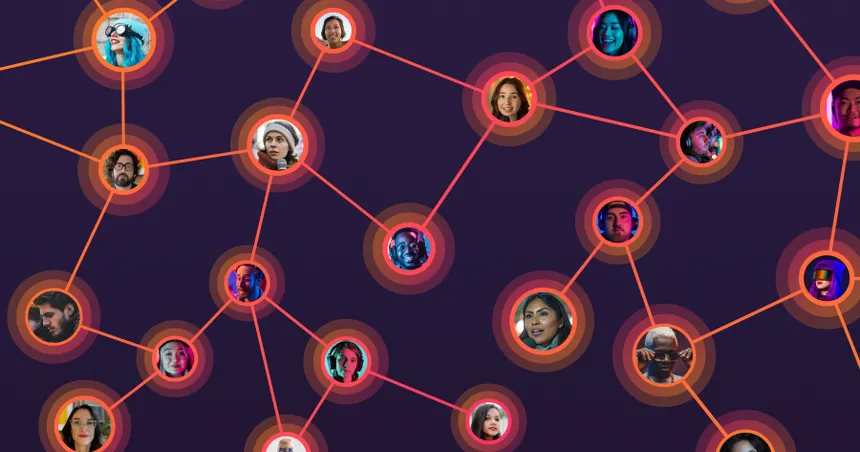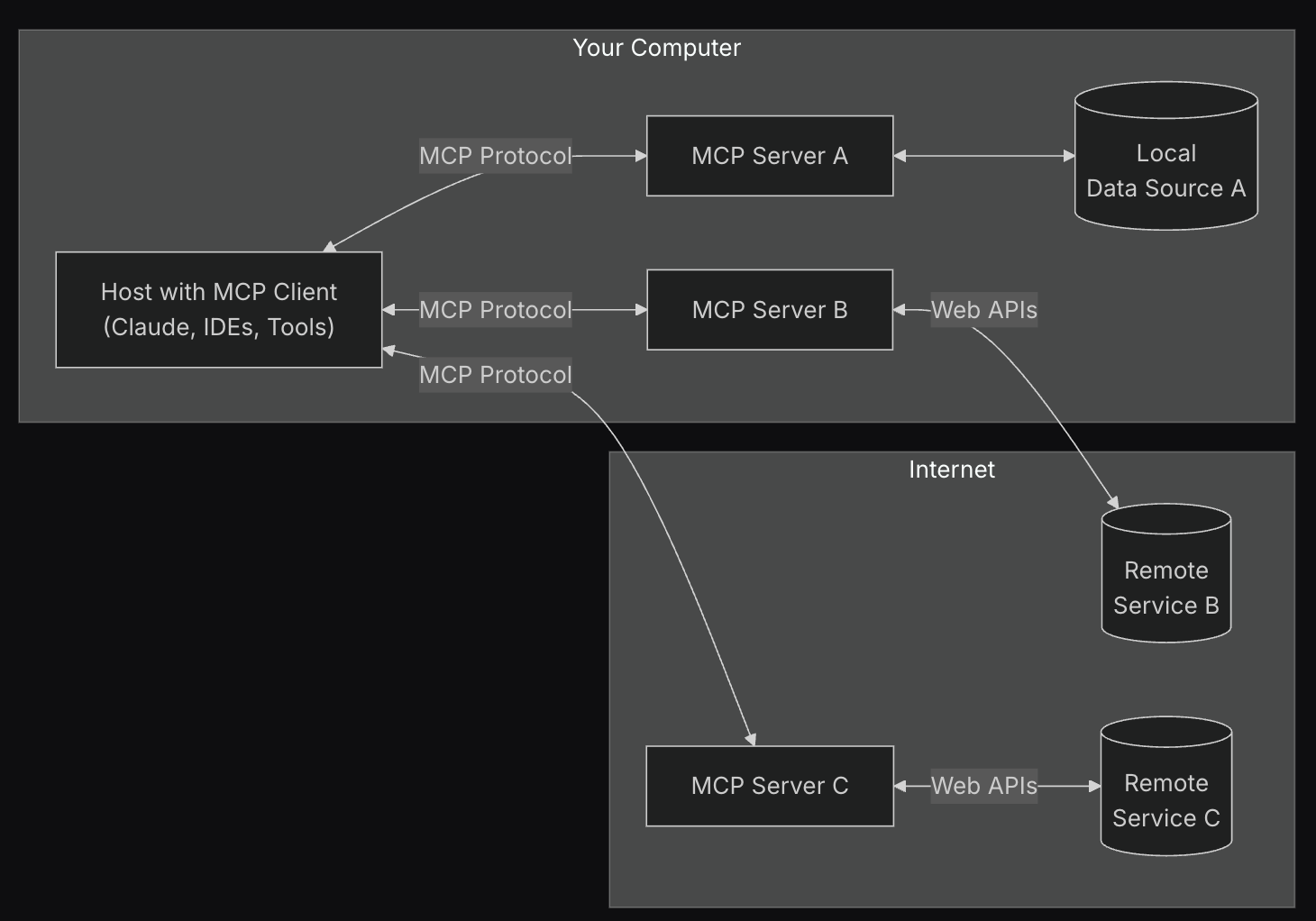
Generative AI has rapidly transformed various fields, offering unprecedented capabilities in content creation, data augmentation, and problem-solving. Understanding the different types of generative models is crucial for anyone looking to leverage this technology effectively. This lesson will delve into three prominent types of generative AI models: Generative Adversarial Networks (GANs), Variational Autoencoders (VAEs), and Transformers. We will explore their fundamental principles, architectures, and applications, providing a solid foundation for understanding their strengths and weaknesses.
Generative Adversarial Networks (GANs)
GANs are a class of generative models that learn to generate new data with the same statistics as the training data. They were introduced by Ian Goodfellow and his colleagues in 2014 and have since become a cornerstone of generative AI research.
The Core Idea: Adversarial Training
The central concept behind GANs is adversarial training. A GAN consists of two neural networks:
- Generator (G): The generator’s role is to create new, synthetic data instances that resemble the real data. Think of it as a counterfeiter trying to produce fake currency.
- Discriminator (D): The discriminator’s role is to distinguish between real data instances and the synthetic data generated by the generator. It acts as the police, trying to identify the fake currency.
These two networks are trained simultaneously in a competitive process. The generator tries to fool the discriminator, while the discriminator tries to correctly identify the real and fake data. As the training progresses, both networks improve: the generator becomes better at creating realistic data, and the discriminator becomes better at distinguishing real from fake.
How GANs Learn: The Adversarial Process Explained
- Generator’s Task: The generator takes random noise as input (often from a normal distribution) and transforms it into a data instance (e.g., an image, a sound clip, or a text sequence).
- Discriminator’s Task: The discriminator receives two types of inputs: real data instances from the training set and synthetic data instances from the generator. It outputs a probability score indicating whether the input is real or fake.
- Training Loop:
- The discriminator is trained to maximize the probability of correctly classifying real data as real and fake data as fake.
- The generator is trained to minimize the probability of the discriminator correctly classifying its output as fake. In other words, the generator wants to maximize the probability that the discriminator thinks its output is real.
- Equilibrium: Ideally, the training process reaches a point where the generator produces data that is indistinguishable from real data, and the discriminator outputs a probability of 0.5 for both real and fake data (meaning it can’t tell the difference).
A Simple Analogy: Art Forgery
Imagine an art forger (the generator) trying to create fake paintings that look like the work of a famous artist. An art expert (the discriminator) tries to identify the forgeries.
- Initially, the forger’s paintings are easily recognizable as fakes. The expert can easily tell them apart from the real paintings.
- As the forger studies the artist’s techniques and receives feedback from the expert, their forgeries become more convincing.
- The expert, in turn, becomes more skilled at detecting subtle differences between the real and fake paintings.
- This process continues until the forger’s paintings are so good that the expert can no longer reliably distinguish them from the real ones.
GAN Architectures: A Brief Overview
While the basic GAN architecture is relatively simple, many variations have been developed to address specific challenges and improve performance. Here are a few notable examples:
- Deep Convolutional GANs (DCGANs): DCGANs apply convolutional neural networks (CNNs) to both the generator and discriminator, making them particularly effective for image generation. They enforce certain architectural constraints, such as using convolutional layers without pooling layers, to stabilize training.
- Conditional GANs (CGANs): CGANs allow you to control the type of data generated by conditioning both the generator and discriminator on some additional information, such as a class label. For example, you could train a CGAN to generate images of specific types of objects (e.g., cats, dogs, cars) by providing the class label as input.
- StyleGAN: StyleGAN is a GAN architecture developed by Nvidia researchers that allows for fine-grained control over the style of generated images. It uses adaptive instance normalization (AdaIN) to control the style at each layer of the generator, enabling the creation of highly realistic and diverse images.
Real-World Examples of GANs
- Image Generation: GANs are widely used for generating realistic images of various objects, scenes, and even people. For example, Nvidia’s StyleGAN has been used to create photorealistic images of human faces that are often indistinguishable from real photographs.
- Image-to-Image Translation: GANs can be used to transform images from one domain to another. For example, they can be used to convert satellite images into maps, or to turn sketches into realistic photographs.
- Text-to-Image Synthesis: GANs can generate images from textual descriptions. Given a text prompt, the GAN can create an image that matches the description.
- Video Generation: GANs are being explored for generating short video clips. This is a more challenging task than image generation due to the temporal coherence required in videos.
Hypothetical Scenario: Personalized Fashion Design
Imagine a fashion company, “Imaginarium Inc.”, using GANs to generate personalized clothing designs for its customers. A customer provides a description of their desired outfit (e.g., “a long blue dress with floral patterns”) or uploads an inspiration image. The GAN then generates several design options that match the customer’s preferences. The customer can then provide feedback on the generated designs, and the GAN can refine its output to create a truly unique and personalized garment.
Exercise: GANs
- Research and compare the architectures of DCGAN and StyleGAN. What are the key differences, and why are these differences important for image generation quality?
- Consider a scenario where you want to generate images of handwritten digits using a GAN. What would be the input to the generator, and what would be the output of the discriminator?
- How could Imaginarium Inc. use GANs to generate new fabric textures and patterns? Describe the training data and the desired output.
Variational Autoencoders (VAEs)
Variational Autoencoders (VAEs) are another type of generative model that combines the principles of autoencoders with probabilistic modeling. They provide a framework for learning latent representations of data and generating new data points from these representations.
Autoencoders: Encoding and Decoding
Before diving into VAEs, it’s essential to understand the concept of autoencoders. An autoencoder is a neural network that learns to compress and reconstruct data. It consists of two main parts:
- Encoder: The encoder takes an input data point and maps it to a lower-dimensional latent space. This latent space represents a compressed version of the input data, capturing its most important features.
- Decoder: The decoder takes a point in the latent space and maps it back to the original data space, attempting to reconstruct the original input.
The autoencoder is trained to minimize the difference between the original input and the reconstructed output. This forces the encoder to learn a meaningful representation of the data in the latent space.
The Variational Approach: Latent Space and Probability Distributions
VAEs build upon the autoencoder architecture by introducing a probabilistic element. Instead of mapping an input data point to a single point in the latent space, the encoder in a VAE maps it to a probability distribution over the latent space. Typically, this distribution is assumed to be a Gaussian distribution.
- Encoder Output: The encoder outputs the parameters (mean and variance) of a Gaussian distribution for each input data point.
- Sampling: To generate a data point, a sample is drawn from the Gaussian distribution in the latent space.
- Decoder Input: The sampled point is then fed into the decoder, which reconstructs the data point in the original data space.
Why Use a Probabilistic Latent Space?
The probabilistic approach in VAEs has several advantages:
- Smooth Latent Space: By mapping data points to probability distributions, VAEs create a smoother and more continuous latent space. This makes it easier to generate new data points by sampling from the latent space.
- Regularization: The probabilistic approach acts as a regularizer, preventing the encoder from simply memorizing the training data. This helps to improve the generalization ability of the model.
- Generative Capability: Because the latent space is continuous and probabilistic, we can sample from it to generate new data points that are similar to the training data.
VAE Architecture and Loss Function
A typical VAE architecture consists of:
- Encoder Network: Takes the input data and outputs the mean (μ) and log variance (log σ2) of the latent distribution.
- Sampling Layer: Samples a point z from the latent distribution N(μ, σ2). This is often done using the “reparameterization trick” to allow for backpropagation.
- Decoder Network: Takes the sampled point z and outputs the reconstructed data.
The VAE is trained to minimize a loss function that consists of two terms:
- Reconstruction Loss: Measures how well the decoder reconstructs the original input data. This is typically a mean squared error (MSE) or binary cross-entropy loss.
- KL Divergence Loss: Measures the difference between the learned latent distribution and a standard Gaussian distribution (with mean 0 and variance 1). This term encourages the latent space to be well-behaved and prevents the encoder from simply collapsing all data points to a single point in the latent space.
Real-World Examples of VAEs
- Image Generation: VAEs can be used to generate new images by sampling from the latent space and decoding the samples. While VAEs often produce less sharp images than GANs, they are easier to train and provide better control over the generated data.
- Anomaly Detection: VAEs can be used to detect anomalies in data. By training a VAE on normal data, it learns to reconstruct normal data points well. When presented with an anomalous data point, the VAE will have difficulty reconstructing it, resulting in a high reconstruction error.
- Data Denoising: VAEs can be used to remove noise from data. By training a VAE on noisy data, it learns to reconstruct the underlying clean data.
Hypothetical Scenario: Drug Discovery
Imagine a pharmaceutical company using VAEs to discover new drug candidates. The VAE is trained on a dataset of known drug molecules and their properties. The encoder learns to map the molecules to a latent space, capturing their essential chemical features. By sampling from the latent space and decoding the samples, the VAE can generate new, potentially drug-like molecules. These generated molecules can then be screened for desired properties, such as binding affinity to a target protein.
Exercise: VAEs
- Explain the purpose of the reparameterization trick in VAEs. Why is it necessary for training the model?
- How does the KL divergence loss in VAEs contribute to the smoothness of the latent space?
- Consider a scenario where you want to use a VAE for anomaly detection in network traffic data. How would you preprocess the data, train the VAE, and identify anomalies?
- How could Imaginarium Inc. use VAEs to generate variations of existing clothing designs, while maintaining the overall style and structure?
Transformer Models
Transformer models have revolutionized the field of natural language processing (NLP) and are increasingly being used for other generative tasks, such as image and audio generation. They are based on the attention mechanism, which allows the model to focus on the most relevant parts of the input when making predictions.
The Attention Mechanism: Focusing on What Matters
The attention mechanism is a key component of transformer models. It allows the model to weigh the importance of different parts of the input sequence when processing it.
- How it Works: For each position in the input sequence, the attention mechanism calculates a set of attention weights that indicate how much attention should be paid to each other position in the sequence. These weights are then used to compute a weighted sum of the input embeddings, which is used as the input to the next layer of the model.
- Benefits: The attention mechanism allows the model to capture long-range dependencies in the input sequence, which is crucial for many NLP tasks. It also makes the model more interpretable, as we can examine the attention weights to see which parts of the input the model is focusing on.
Transformer Architecture: A Stack of Attention Layers
A transformer model consists of a stack of encoder and decoder layers, each of which contains multiple attention mechanisms.
- Encoder: The encoder processes the input sequence and generates a set of contextualized embeddings.
- Decoder: The decoder takes the encoder output and generates the output sequence, one token at a time.
Both the encoder and decoder layers contain self-attention mechanisms, which allow the model to attend to different parts of the input sequence. The decoder also contains cross-attention mechanisms, which allow it to attend to the encoder output.
Language Models: GPT, BERT, and Beyond
Transformer models have been used to develop powerful language models, such as GPT (Generative Pre-trained Transformer) and BERT (Bidirectional Encoder Representations from Transformers).
- GPT: GPT is a generative language model that is trained to predict the next word in a sequence. It can be used for a variety of NLP tasks, such as text generation, translation, and question answering.
- BERT: BERT is a bidirectional language model that is trained to predict masked words in a sentence. It can be used for a variety of NLP tasks, such as text classification, named entity recognition, and question answering.
These models are typically pre-trained on a large corpus of text data and then fine-tuned for specific tasks.
Real-World Examples of Transformers
- Text Generation: Transformers are used to generate realistic and coherent text for various applications, such as chatbots, content creation, and code generation.
- Machine Translation: Transformers have significantly improved the accuracy and fluency of machine translation systems.
- Question Answering: Transformers can be used to answer questions based on a given context.
- Image Captioning: Transformers can generate descriptive captions for images.
Hypothetical Scenario: Automated Customer Service
Imagine a company using transformer models to automate its customer service operations. A customer interacts with a chatbot powered by a transformer model. The model understands the customer’s query and generates a relevant and helpful response. The model can also access a knowledge base to provide more detailed information or escalate the query to a human agent if necessary.
Exercise: Transformers
- Explain the difference between self-attention and cross-attention in transformer models.
- How does the attention mechanism help transformer models capture long-range dependencies in text?
- Consider a scenario where you want to use a transformer model for text summarization. How would you preprocess the data, train the model, and evaluate its performance?
- How could Imaginarium Inc. use transformer models to generate product descriptions for its clothing items?
In summary, we’ve explored three major types of generative AI models: GANs, VAEs, and Transformers. GANs excel at generating realistic data through adversarial training, VAEs learn latent representations for data generation and anomaly detection, and Transformers leverage attention mechanisms for sequence generation tasks like text and image creation. Understanding the strengths and weaknesses of each model is crucial for choosing the right tool for a specific generative task.
Next steps involve diving deeper into each of these models, starting with GANs. We will explore their architecture in more detail, understand the training process, and learn about different GAN architectures.








